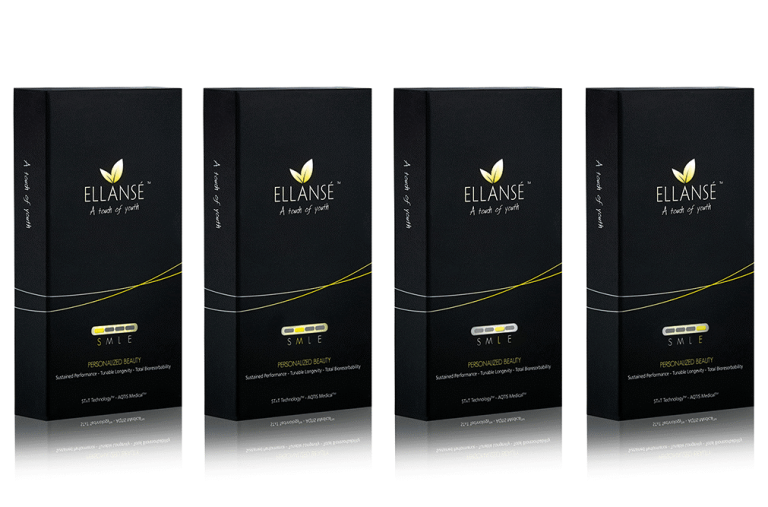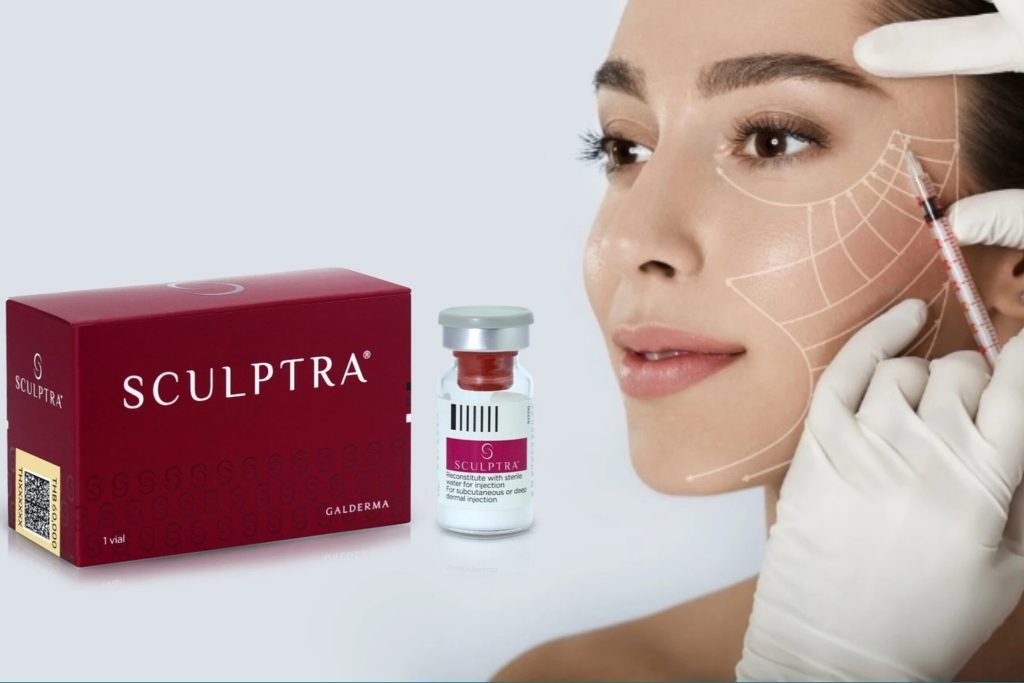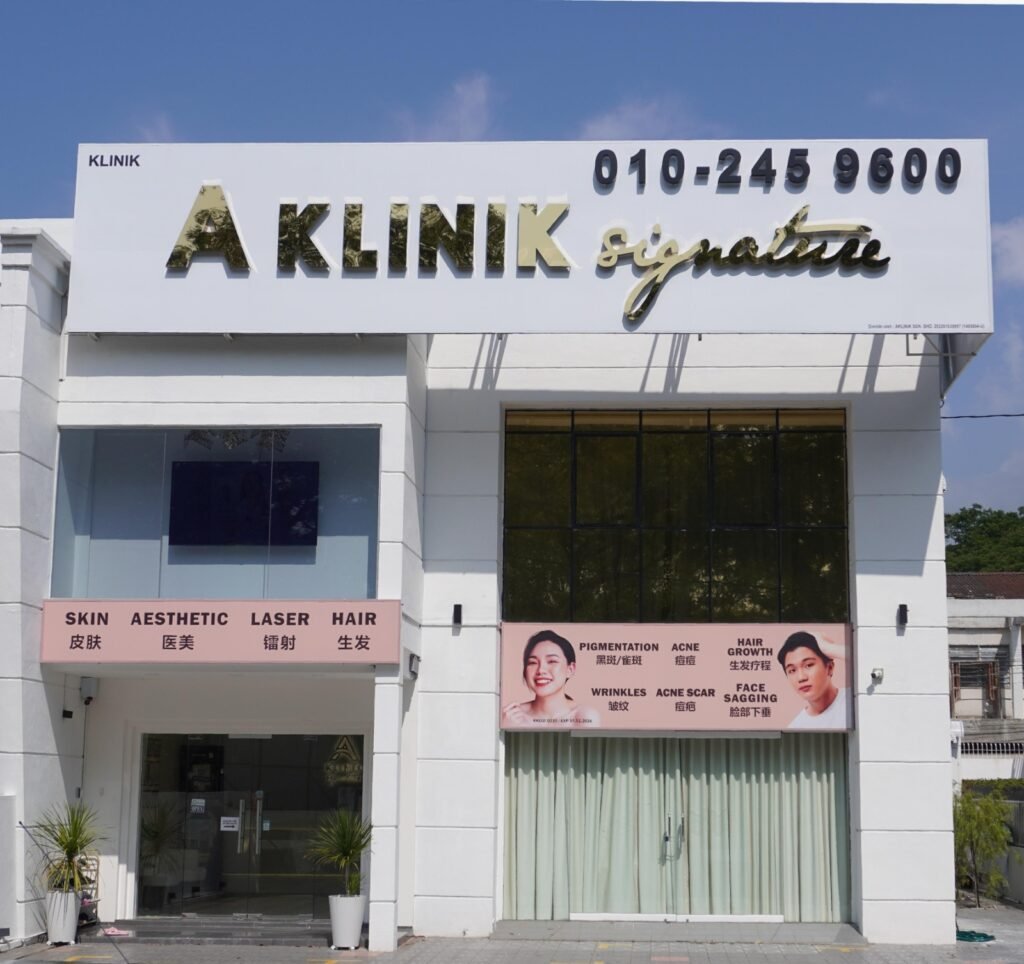
Knowing your skin type is the foundation to learning what can and cannot work. It goes with skincare and it’s equally as important to take it into account before choosing a dermal filler option. Every skin type has qualities that come with their own problems, which might make some aesthetic solutions more effective than others.
So instead of doing things by trial and error, or risk picking a dermal filler that might not be the best, you can learn what you need to look out for.
Skin Type Considerations
When determining the right dermal filler for your skin type, start by identifying key characteristics like texture, tone, and elasticity. Evaluate factors such as sebum production, moisture levels, and sensitivity to make an informed decision.
Identifying Your Skin Type
Take a moment to identify your skin type by considering factors such as oiliness, dryness, sensitivity, and combination characteristics. This knowledge will guide you towards the most suitable filler option to enhance your skin’s natural beauty.

| Skin Type | Characteristics |
|---|---|
| Dry Skin | Often feels tight or flaky, may have fine lines and lacks hydration |
| Oily Skin | Prone to shine, visible pores, and acne breakouts due to excess sebum production |
| Combination Skin | Displays a mix of dry and oily areas, with different needs across the face |
Once you have determined your skin type, you can proceed to choose a dermal filler that complements and addresses your specific skin concerns. Here’s a few examples:
- Dry skin would need hydration more than anything so traditional dermal fillers with hyaluronic acid can help retain moisture and therefore be more suitable.
- Oily skin will do better with fillers that can provide structural support without adding extra moisture and making the oiliness of your skin worst. This can lead to issues like an unnatural, excess shine or a breakdown of the filler.
- Combination skin can be a wildcard depending on which areas of your face is oily and dry. This can make it hard for a one size fits all so doctors can usually make personalised recommendations after a consultation about your target areas.
- Sensitive skin may need extra care on the ingredients of the dermal filler to ensure that your skin won’t breakout at the site of the filler area.
By tailoring your filler selection to your skin type, you can achieve the best results and a radiant complexion.
Types of Dermal Fillers to Consider
In this section, we’ll explore three popular types of dermal fillers: Hyaluronic Acid (HA) fillers, Ellanse, and Sculptra. Each of these fillers has unique properties and benefits, catering to different aesthetic goals and providing varied results in terms of longevity and effectiveness. Let’s get into what makes each type distinct and how they can help you achieve a youthful, rejuvenated look.
Hyaluronic Acid Fillers
Hyaluronic acid is a naturally occurring substance in the body that retains moisture. HA fillers are synthetic versions of this substance designed to add volume and hydration to the skin. Like previously mentioned, this can be best suited for dry skin.
HA fillers like Juvéderm and Restylane are popular due to their versatility, making them suitable for nearly all skin types and various aesthetic concerns. These fillers are effective for common signs of ageing like crows feet, nasolabial folds, and marionette lines, providing volume and hydration where needed. Not to mention, HA Fillers blend seamlessly with the skin matrix, offering a natural-looking enhancement and minimal risk of adverse reactions.
Ellanse Dermal Fillers

Among the range of dermal fillers, Ellanse fillers stand out for their collagen-stimulating properties, offering natural skin rejuvenation benefits. These fillers can still have the hydrating effect but to a lesser extent so it may suit oily skin. Ellanse is available in different formulations provide varying durations of results ranging from 1 to 4 years.
They’re effective in addressing volume loss, wrinkles, and facial contouring, providing immediate volumizing effects while stimulating collagen production for long-lasting results. After they get reabsorbed by the body, they leave behind collagen structures that can help retain that bouncy, youthful skin.
Sculptra Fillers

For individuals seeking to address deep wrinkles, creases, and loss of facial volume, Sculptra fillers containing Poly-L-Lactic Acid (PLLA) present an effective solution by stimulating collagen production and restoring facial fullness.
Sculptra fillers offer rejuvenation that can last up to two years, providing sustained improvement in facial appearance.The treatment involves multiple sessions to gradually build up collagen, ensuring natural-looking and subtle enhancements.
Consider the Filler’s Purpose
Another factor to choosing the right filler for your skin type is what you need the filler to achieve. These fillers come in different types tailored to target specific facial areas and signs of ageing, catering to individual needs and aesthetic goals.
Volume Replacement: If your goal is to restore lost volume in areas such as the cheeks or temples, volumizing fillers like CaHA or PLLA can provide significant lifting and contouring.
Wrinkle Reduction: For reducing fine lines and wrinkles, hyaluronic acid fillers can offer immediate smoothing and hydration. They are ideal for areas like the nasolabial folds and around the eyes.
Lip Enhancement: For enhancing lip volume and shape, hyaluronic acid fillers are commonly used due to their ability to provide natural-looking results and their compatibility with the delicate lip tissue.
Choosing The Right Dermal Filler For Your Skin Type And Desired Results
Selecting the appropriate dermal filler for your skin type and desired results requires collaboration with a qualified medical professional. Your skin type, concerns, and goals will all play a pivotal role in determining the most suitable filler for you.
Different fillers offer varying levels of lift and contouring, so it’s important to match the filler to the area being treated. For instance, hydrating fillers may be ideal for dry skin, while matte or oil-free options could benefit oily or acne-prone skin.
Additionally, factors such as age, skin tone, and overall health should be taken into account when making this decision. Some fillers provide longer-lasting outcomes and may even include numbing agents for enhanced comfort during the injection process.
Potential Risks Of Dermal Fillers
Consider potential risks associated with dermal fillers, including allergic reactions, bruising, swelling and discomfort. It’s essential to be aware of the following risks when opting for dermal fillers.
- Allergic Reactions: Some may experience allergic reactions to the ingredients of dermal fillers, leading to redness, itching, or swelling at the injection site.
- Bruising, Swelling and Discomfort: Common side effects of dermal fillers include bruising, swelling, and minor discomfort. Some patients may require sessions of further examination and corrections.
- Importance of a Qualified Doctor: Selecting a qualified and experienced aesthetic practitioner significantly reduces the likelihood of complications or adverse reactions during or after the procedure.
Aesthetic Clinic in Penang
Get The Dermal Fillers Suitable for Your Skin Type

Selecting the appropriate dermal filler for your skin type is essential for achieving the best results. Beyond just your skin type, this can include skin texture, tone, pigmentation and more. Our skin doctors in Penang provide tailored consultations to determine the most suitable filler based on your skin condition and desired outcomes. Visit us today for a consultation!







